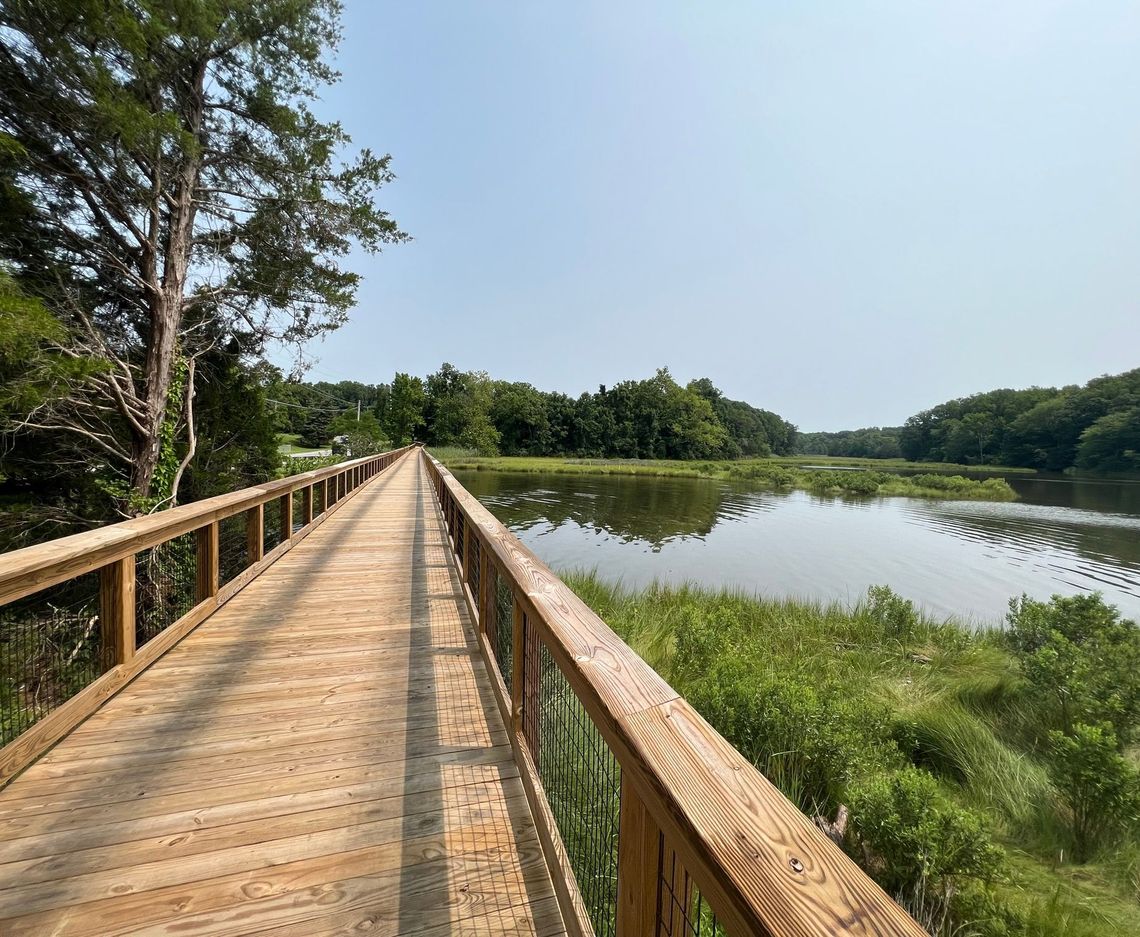
ST. MARY’S COLLEGE OF MARYLAND RECREATIONAL TRAIL
ST. MARY'S CITY, MD
McCormick Taylor worked with St. Mary’s College of Maryland to develop a feasibility study and a successful Transportation Alternatives Program grant application, which led to preliminary engineering, final design, and construction consultation of a shared use path along MD 5.
THE CHALLENGE
A trail connection from St. Mary's College of Maryland's central campus area to the northern recreational fields did not exist, causing serious safety concerns for the college. Hundreds of college students and the community would walk or bike along MD 5 for a wide array of recreational activities including club sports, attending concerts, camping, jogging, hiking, and bird watching. The MD 5 roadway lacked a shoulder in various locations and presented other safety hazards to pedestrians and cyclists. While an improved connection was needed, the project area presented many unique challenges.
The project limits included the area along MD 5 from St. John’s Pond north approximately 2,100 feet to the Athletic Fields. The area falls within the limits of the St. Mary’s Historic District, and as such, required significant coordination time and partnering during design with the Maryland Historical Trust (MHT). Three sites in the area were listed on or identified as potentially eligible for the National Register of Historical Places. Additionally, the majority of project area was located within the Chesapeake Bay Critical Area which required approval from the Commission and permit approval from the Maryland Department of the Environment associated with erosion and sediment control and stormwater management. The projects impact on tidal waters, tidal wetlands, tidally influenced non-tidal wetlands, and the 25-foot non-tidal wetland buffers had to be considered.
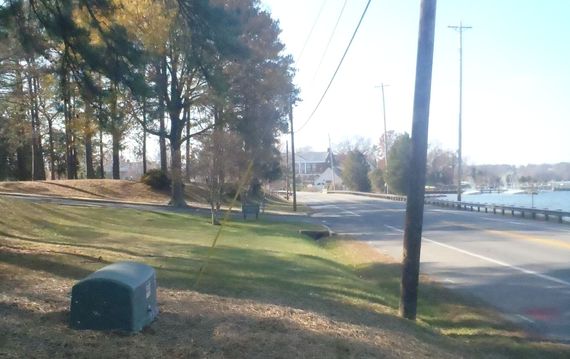
Existing Condition looking South along MD 5
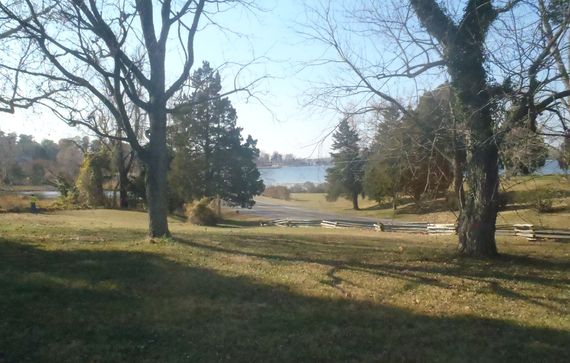
Existing Condition looking South from Athletic Fields
HOW WE HELPED
This project was requested by St. Mary’s College of Maryland (SMCM) through a Federal Transportation Alternatives Program (TAP) Grant and was managed by Maryland State Highway Administration. McCormick Taylor helped SMCM through the submittal and approval through the TAP Grant process. With funding in place, McCormick Taylor provided the design for the shared use path, ADA ramps, pedestrian lighting, signing and pavement markings, pedestrian timber bridge, storm drain, stormwater management and erosion & sediment control plans, maintenance of traffic, and landscape design. We assisted with NEPA documentation and securing all environmental permits. Because the crossing over Fishers Pond required both a tidal wetland and non-tidal wetland permit, we worked with the college to prepare minimization and mitigation designs.
Public involvement efforts were conducted throughout the planning and design process to ensure that input from the project stakeholders was considered. The design team used a partnering approach and conducted many design charrettes and public and task force meetings to develop the conceptual and final design to minimize disturbance and protect historic and archaeological sensitive sites.
McCormick Taylor also provided support during construction by reviewing shop drawings, addressing RFIs, attending construction partnering meetings, and developing redline revisions.
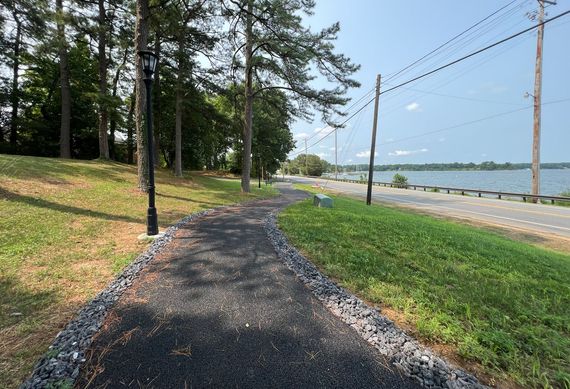
Shared-Use Path looking South along MD 5
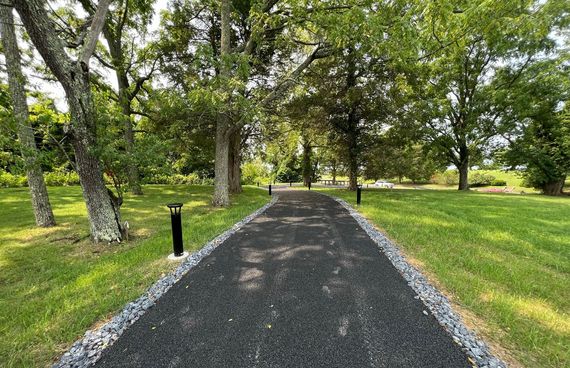
Porous Asphalt Shared-Use Path at Athletic Fields
RESULTS
The end solution was the construction of a 2,100-foot-long, 8-foot-wide paved trail parallel to MD 5. Sustainability measures, including pervious pavers to reduce water run-off, landscaping and bioswales, and a 700-foot boardwalk across the tidal marsh for Fishers Pond were incorporated. This solution also avoided sensitive environmental impacts within critical area boundaries, buffers, tidal waters, and wetlands. Through a collaborative approach, the project exceeded the college’s expectations delivering a safe, separated, pedestrian and bicycle trail that provides a vital link connecting the north and main parts of campus, many historic sites, and trails within the area.
AWARDS
2023 Outstanding Civil Engineering Achievement Minor Construction Project, ASCE MD
2023 Honor Award, ACEC/MD